Description
I. Introduction
Pigging, in the context of pipeline cleaning, refers to a process whereby devices known as “pigs” are inserted into pipelines to perform various maintenance operations. This term originated from the squealing noise the early devices made while traveling through the pipes, which was reminiscent of a pig’s squeal. Today, the term has grown to encompass a wide range of tools and technologies used to clean, inspect, and maintain pipelines.
Pipeline cleaning is a crucial aspect of pipeline management and maintenance. Over time, pipelines can accumulate a variety of substances such as sediment, rust, scale, and other deposits. These can reduce the efficiency of the pipeline by restricting flow, increasing operational costs, and potentially leading to blockages. Moreover, such deposits can lead to corrosion, which in extreme cases can result in pipeline failure, with significant financial and environmental consequences.
Therefore, regular cleaning of pipelines is essential. It not only ensures the efficient operation of the pipeline system but also extends its lifespan, reduces the risk of failures, and contributes to safer and more sustainable operations. Pigging is one of the most commonly used methods for pipeline cleaning, offering a cost-effective and efficient solution to maintain the health and functionality of pipeline infrastructure.
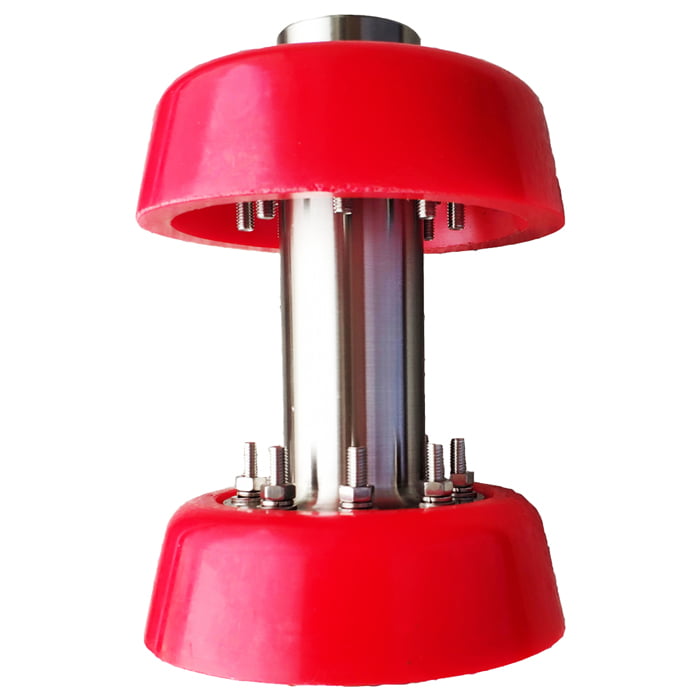
Name | Urethane Pipeline Pig | |
| Material | Stainless Steel 316、L DUPLEX SS | |
| Operating Temperature | -20~200℃ | |
| Feature | Firstly, Easy to Operate | |
| Secondly, High Accuracy Long Life | ||
| At last, High-Efficiency Low cost | ||
| Payment | TT/LC | |
| Advantage | Firstly, they are lightweight and flexible. | |
| And then nice Injection efficiency. | ||
| At last, accurate location tracking. |
Urethane Pipeline Pig | |
Cup Material | Polyurethane |
Middle Material | Carbon Steel |
Design Temperature | -40 Deg.C ~ +120 Deg.C |
Size Range | 2 inches ~ 60 inches |
II. What Is Pigging?
Pigging is a process used in pipeline cleaning and maintenance where devices called “pigs” are launched into a pipeline and propelled down it, either by the product flow or by another medium introduced behind the pig. As the pig travels through the pipeline, it performs various functions such as cleaning, inspection, or separation of different products within the pipe.
There are different types of pigs, each with a specific role:
- Foam Pigs: These are simple, lightweight devices made of open-cell polyurethane foam. They are used for light cleaning tasks, such as removing dust and loose debris, or for dewatering pipelines.
- Swab Pigs: Swab pigs are used to remove liquids from gas lines. They are often used in drying and dewatering operations.
- Scraping or Brush Pigs: These pigs are equipped with brushes or scraping elements. They are used for more intensive cleaning tasks, such as removing scale, rust, or other hard deposits.
- Gauging Pigs: Gauging pigs are used to inspect the internal diameter of the pipeline and ensure it is free from obstructions. They often carry a metal plate (the “gauge plate”) which is cut to a specific size relative to the pipe’s diameter.
- Smart Pigs or Inspection Pigs: These are sophisticated devices equipped with sensors and recording instruments. They are used to inspect the pipeline for deformities, corrosion, cracks, or other defects.
III. Benefits of Pigging Pipeline Cleaning
Pigging offers several benefits that make it a preferred method for pipeline cleaning and maintenance:
- Efficiency and Effectiveness in Cleaning Pipelines: Pigging is a highly efficient method for cleaning pipelines. It can remove a wide range of substances, from loose debris and liquids to hard deposits and scale, depending on the type of pig used. The pig travels the entire length of the pipeline, ensuring thorough cleaning.
- Improvement of Product Flow: By removing deposits that can restrict the interior diameter of the pipeline, pigging improves product flow. This increases operational efficiency and can result in significant cost savings. For pipelines transporting hydrocarbons, improved flow can translate into increased production rates.
- Detection and Removal of Blockages: Pigs are not only used for cleaning but also for inspection. Smart pigs or inspection pigs can detect anomalies such as blockages, dents, or other deformities in the pipeline. Early detection allows operators to address these issues before they lead to major problems such as pipeline rupture or system shutdown.
- Prevention of Pipeline Corrosion: Deposits in pipelines can often lead to corrosion, which over time can weaken the pipeline and lead to leaks or failures. By regularly removing these deposits, pigging helps prevent corrosion, thereby enhancing the lifespan and integrity of the pipeline.
V. Challenges in Pigging Pipeline Cleaning
Despite the numerous benefits of pigging, certain challenges may arise during the process. Understanding these challenges can help in devising strategies to overcome them:
- Pipeline Configuration: The presence of bends, tees, reducers, and other fittings in the pipeline can make the pigging process challenging. Pigs can get stuck or damaged when navigating these complex configurations. To overcome this, operators often use flexible pigs designed to handle such complexities. Additionally, pipeline design should ideally take pigging into consideration to ensure compatibility.
- Material Compatibility: Different types of pig materials are compatible with different types of pipeline materials and transported products. For instance, some pigs may not be suitable for use in pipelines transporting corrosive substances. Understanding this compatibility is crucial to ensure effective cleaning without damaging the pipeline or the pig.
- Selection of Appropriate Pig: Selecting the right type of pig for the task at hand is crucial. Using a foam pig for heavy rust and scale removal would be ineffective while using an aggressive brush pig for a light cleaning job might cause unnecessary wear to the pipeline. Comprehensive knowledge of the pipeline condition and the types of pigs available is essential for making the right choice.
- Detection of Pig Location and Speed: In large and complex pipeline networks, tracking the location and speed of the pig can be challenging. If a pig gets stuck or lost, it can cause blockages. The use of pluggable pipeline features, pig tracking equipment, and pig signallers can help overcome this challenge.
VII. Conclusion
Pigging has proven to be an indispensable tool in the realm of pipeline cleaning, offering a significant range of benefits. It provides an efficient and effective method for cleaning pipelines, improving product flow and operational efficiency. By enabling early detection and removal of blockages, pigging contributes to the prevention of pipeline failure and consequent environmental and economic repercussions. Furthermore, pigging plays a critical role in mitigating pipeline corrosion, thereby enhancing the lifespan and integrity of the infrastructure.
As we look to the future, the field of pigging technology continues to evolve. Innovations are being made in the development of smart pigs equipped with advanced sensors and recording instruments, capable of providing more detailed and accurate data about the pipeline’s condition. These advancements, coupled with improvements in pipeline design and pigging techniques, will further enhance the efficiency and effectiveness of pigging operations.
In conclusion, pigging pipeline cleaning is a vital aspect of comprehensive pipeline management. Its importance lies not just in maintaining the current operation of the pipelines, but also in ensuring their future reliability and safety. As technologies continue to advance, the role of pigging in pipeline maintenance is set to become even more critical and beneficial.

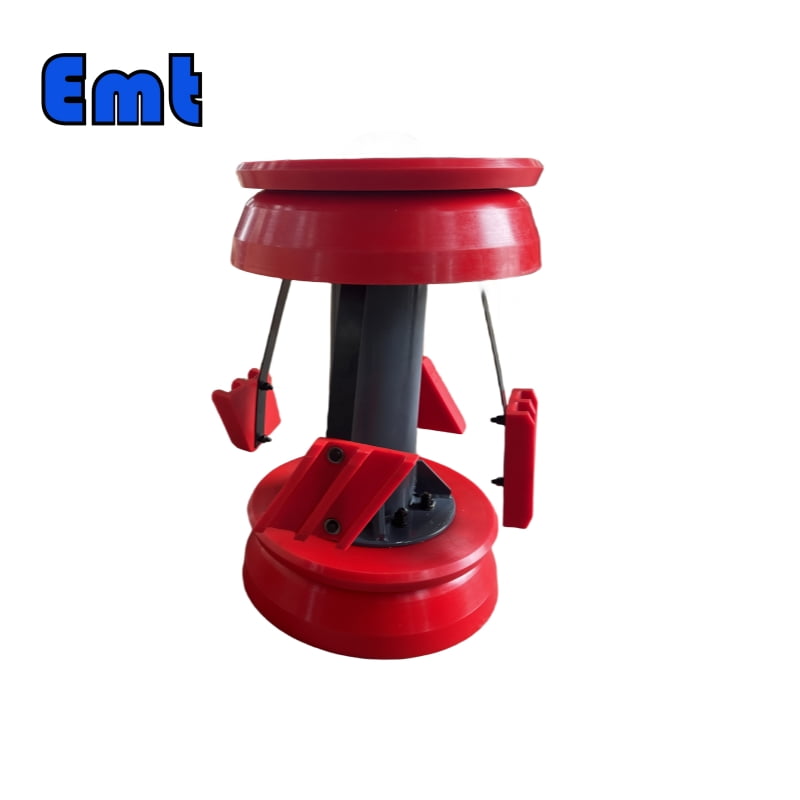
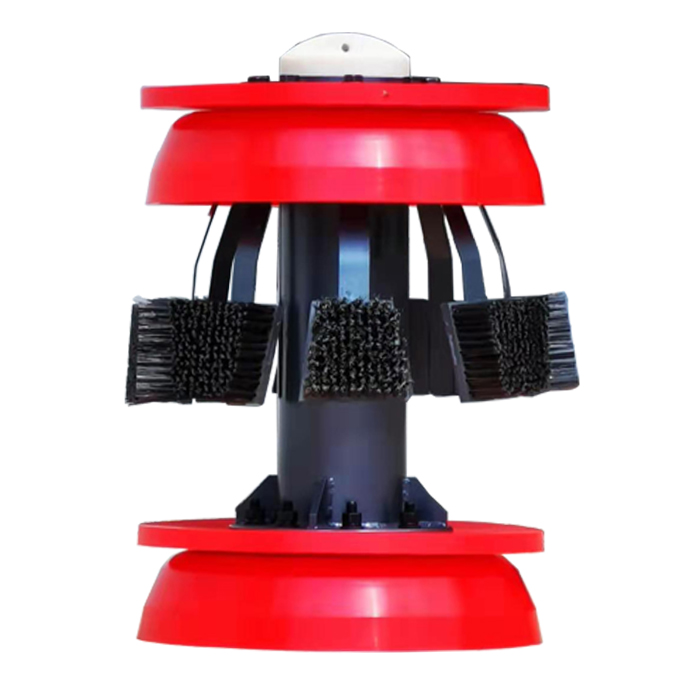
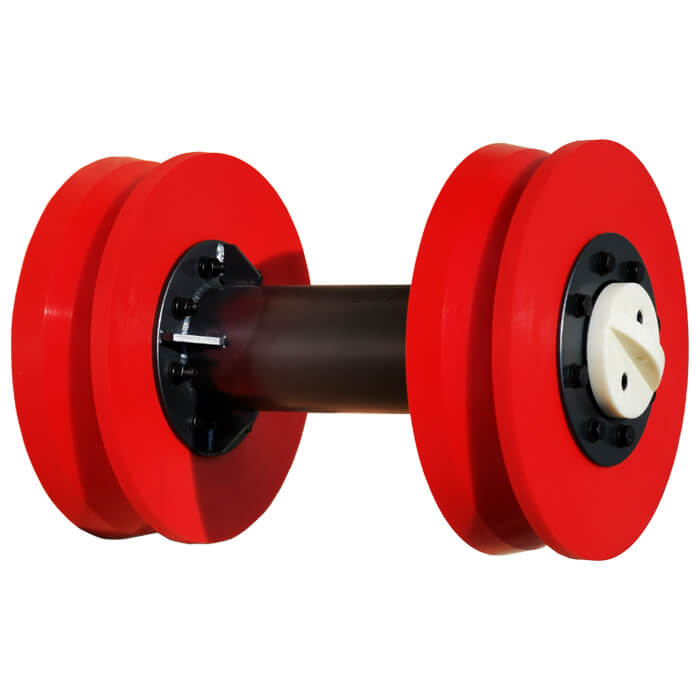
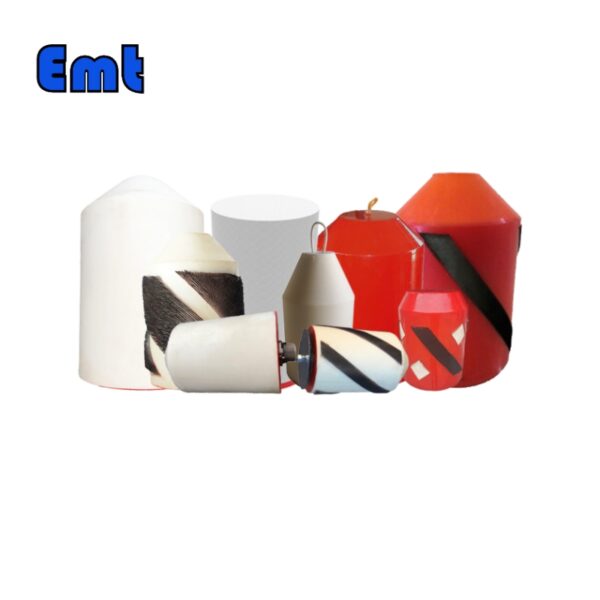
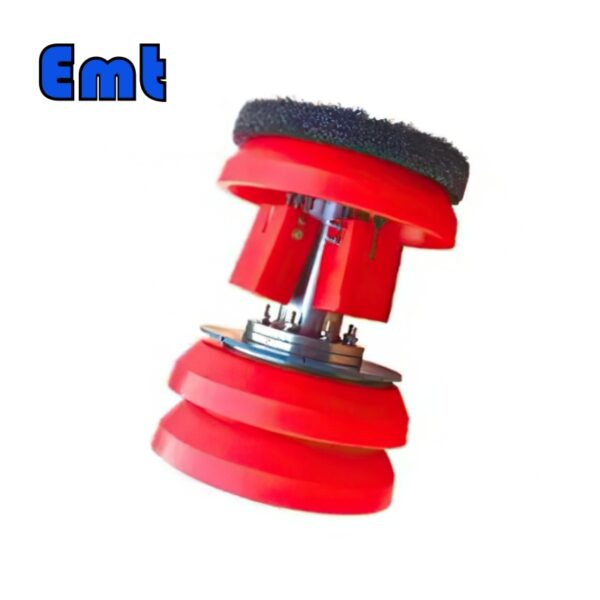
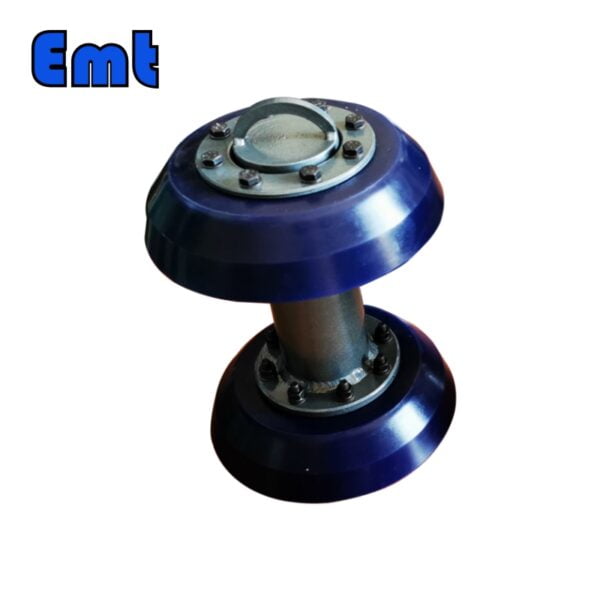
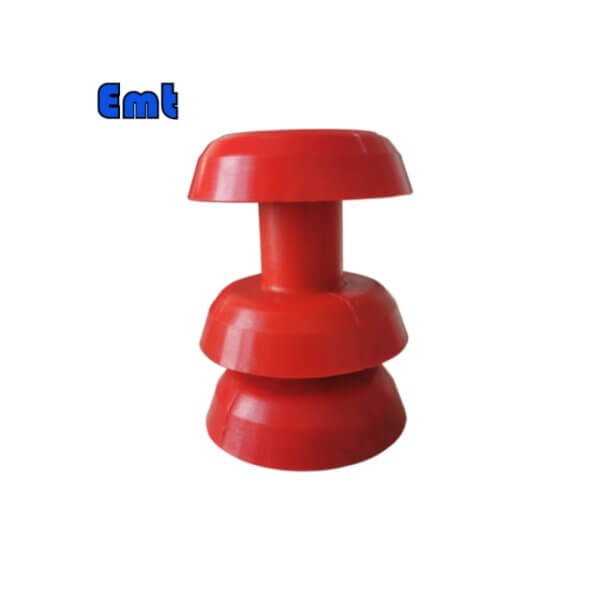
Reviews
There are no reviews yet.